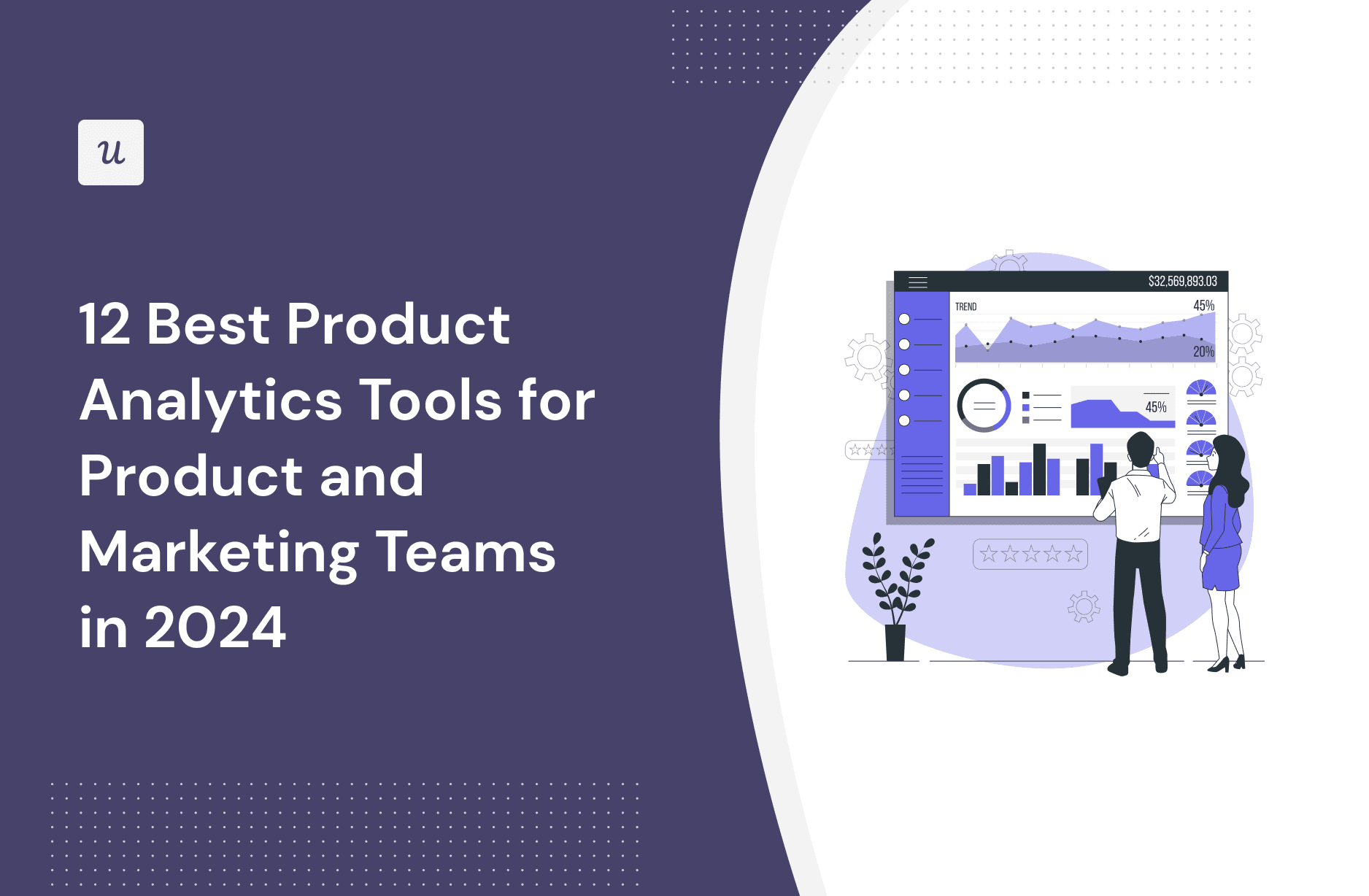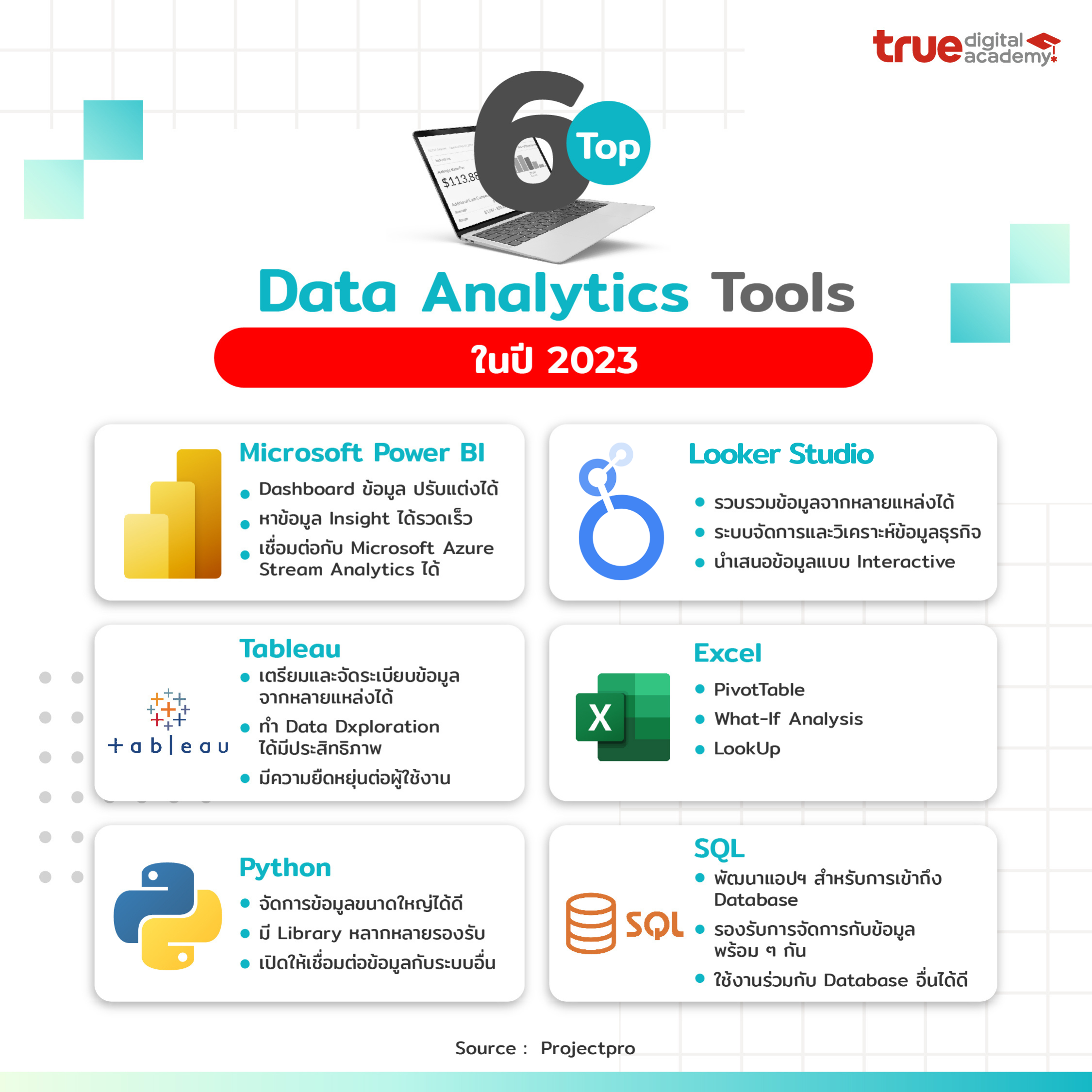Boost Efficiency and Earnings Through Data Analytics
In today's data-driven landscape, companies are significantly acknowledging the essential function of information analytics in enhancing operational performance and profitability. By systematically assessing data, organizations can reveal critical insights that educate calculated choices, improve procedures, and dressmaker consumer experiences.
Comprehending Data Analytics
In today's data-driven landscape, understanding data analytics is important for organizations aiming to improve functional efficiency and drive success. Information analytics entails the organized computational analysis of information sets to reveal patterns, connections, and understandings that inform decision-making. By employing different strategies, such as analytical analysis, artificial intelligence, and predictive modeling, organizations can transform raw information into workable intelligence.
The procedure typically starts with data collection, where appropriate details is gathered from multiple resources, including transactional data sources, customer communications, and market fads. This data is then cleaned up and organized to ensure precision and uniformity. As soon as the information is prepared, logical devices and software are used to explore and visualize the info, allowing stakeholders to recognize anomalies and patterns.
Inevitably, recognizing data analytics empowers companies to make informed decisions based upon empirical proof as opposed to instinct. It assists in targeted methods that can enhance resource allocation, improve customer complete satisfaction, and enhance general efficiency. As services significantly acknowledge the value of data-driven insights, a strong grip of information analytics comes to be an essential competency for leaders and groups alike, placing them for sustained success in a competitive setting.

Secret Benefits for Businesses
Organizations that take advantage of information analytics can unlock a wide variety of benefits that substantially boost their procedures and earnings. Among the key advantages is enhanced decision-making. Data analytics offers workable understandings originated from real-time data, allowing companies to make educated choices that align with market needs and customer preferences.

Furthermore, data analytics promotes enhanced client experiences. By recognizing client habits and choices, companies can tailor their offerings, causing increased contentment and loyalty. This personalized approach frequently results in higher conversion prices and repeat service.
Moreover, information analytics allows businesses to identify emerging possibilities and trends. By staying in advance of the curve, companies can utilize on brand-new markets and technologies before their rivals.
Carrying Out Data-Driven Strategies
Effective execution of data-driven techniques requires an extensive understanding of both available information and organizational goals sources. Organizations has to first specify their goals plainly, ensuring placement between information campaigns and strategic goals. This clarity allows teams to concentrate on relevant metrics and understandings that drive browse around this site decision-making.
High-quality information is important for precise analysis, as bad data can lead to misdirected strategies and lost sources - Analytics. Organizations has to develop processes for data collection, cleaning, and management to maintain information stability.
In addition, promoting a data-driven society is vital. Staff members at all degrees should be urged to leverage information in their daily procedures. Training programs and workshops can boost information literacy, encouraging personnel to make enlightened choices based anchor on logical insights.
Tools and Technologies Review
A robust collection of modern technologies and tools is necessary for organizations aiming to harness the full potential of data analytics. These devices help with the collection, handling, and visualization of information, making it possible for services to obtain actionable insights.
At the fundamental level, data management platforms such as SQL databases and NoSQL systems give reliable data storage space and access capabilities. For data handling and evaluation, programming languages like Python and R, in addition to structures such as Apache Flicker, enable complex computations and artificial intelligence applications.
Visualization tools, including Tableau and Power BI, change raw data right into instinctive graphical styles, making insights available to stakeholders whatsoever levels. Furthermore, cloud-based platforms like Google Cloud and AWS supply scalable storage space and handling solutions, suiting the growing volumes of data organizations run into.
For sophisticated analytics, anticipating modeling and AI-driven services are significantly taken on, allowing firms to forecast patterns and enhance decision-making processes. Integrating these tools into existing operations is paramount; organizations that successfully leverage this technology can significantly enhance functional performance and drive success. Hence, purchasing the right devices and technologies is a tactical essential for any type of data-driven organization.
Situation Researches of Success
Leveraging information analytics has led numerous organizations to accomplish remarkable improvements in efficiency and success. One noteworthy instance is a large retail chain that applied anticipating analytics to maximize stock monitoring. By evaluating historical sales data and client patterns, the company minimized excess inventory by 30%, causing considerable price financial savings and enhanced capital.
One more example can be located in the production market, where a leading auto producer used information analytics to enhance its manufacturing procedures. By keeping track of maker performance in real-time, the organization determined ineffectiveness and traffic jams, leading to a 20% boost in overall devices performance (OEE) This not only enhanced manufacturing rates yet additionally lessened downtime and maintenance expenses.

These study show exactly how information analytics can drive critical decision-making, optimize procedures, and inevitably boost both effectiveness and earnings throughout various Visit Website fields.
Verdict
In conclusion, the combination of data analytics right into company procedures presents considerable possibilities for improving effectiveness and productivity. By systematically assessing data, companies can recognize inefficiencies, maximize consumer experiences, and make informed choices.
In today's data-driven landscape, comprehending information analytics is vital for companies intending to boost operational efficiency and drive earnings. Information analytics entails the methodical computational analysis of information sets to reveal patterns, connections, and understandings that educate decision-making. Data analytics supplies actionable understandings obtained from real-time data, allowing companies to make enlightened choices that straighten with market demands and customer preferences.
Top notch data is necessary for accurate evaluation, as poor information can lead to illinformed strategies and squandered sources. Organizations needs to develop procedures for information collection, cleansing, and management to maintain data integrity.